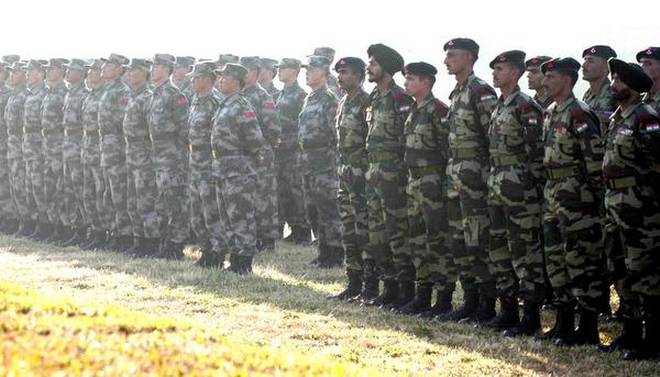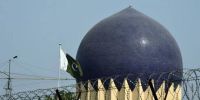“Face offs between Indian and Chinese troops do occur from time to time, and in recent years they have been more frequent as both sides have increased patrolling,” said Ashok Kantha, Director of the Institute of Chinese Studies, who served as Ambassador to Beijing (2014-2016).
“Even so, the current standoff and recent incursions appear to be different from the past, as Chinese troops have shown more aggression, engaged in physical skirmishes and disregarded agreed protocols,” he explained.
The second difference from the past is the levels of aggression shown by the Chinese side, which include violence that has left at least 70 Indian soldiers injured, including some who needed to be flown out for treatment (injuries received by the Chinese side have not been reported on). More Chinese boats have been observed patrolling the Pangong Tso (lake) while the PLA has dug in tents and trenches, according to sources.
The third point of concern is the number of points, including those in “previously uncontested” areas which have opened up since April, when officials say they started seeing Chinese troops build up their presence at the points at the Galwan river valley, the ‘Finger’ areas of Pangong Tso and Demchok, as well as Nakula Pass in Sikkim, more than 1,200 kms away along the Line of Actual control.
“They have reportedly pushed into a new area, Galwan river valley, where the LAC was not disputed, pitched tents and dug in with reinforcement. They seem to be physically changing the ground situation. The fact that there have incursions at multiple locations is worrisome,” said Mr. Kantha.
Significantly, China’s Foreign Ministry has also accused India of “attempting to unilaterally change the situation on the ground”.
Another point of concern for diplomats has been whether the modified Chinese patterns reflect a tactical push, or beyond that, are driven by its ambitions on a strategic level. In particular, the actions are seen as an attempt to push back Indian troops in Ladakh where infrastructure has been improved considerably in the last decade, including new landing capabilities, construction of “loops” to enhance supplies to the troops stationed there, as well as the DSDBO route — the 255-km Darbuk-Shayok-Daulat Beg Oldie (DSDBO) section of the road between Leh and Karakoram Pass — to Demchok.
“Chinese actions during the current standoff are strategic in that they regard the DSDBO Road with some suspicion, given the advantage and access we would gain all the way to the Karakoram pass. Our infrastructure upgradation along the LAC has been carrying on for more than a decade, but this is a critical stretch, and the PLA maybe trying to neutralise that,” former Foreign Secretary and Chairman of the National Security Advisory Board (NSAB) Shyam Saran told The Hindu.
Finally, say the experts, there is the question of geopolitical considerations, including India’s moves in Jammu and Kashmir, as well as the India-U.S. strategic partnership, which has increased during the coronavirus pandemic.
“One cannot discount that [Chinese] actions are guided by concerns regarding the Indian UTs of Jammu & Kashmir and Ladakh. The change in the status of J&K, the maps that have been issued, public statements made that refer to the entire disputed area may all be playing on their minds as well,” explained Gautam Bambawale, former Ambassador to Bhutan, Pakistan and China, who also had earlier handled the “East Asia” or China desk.
In addition, rising U.S.-China tensions may have placed Beijing in a defensive position, and the PLA’s aggression at the LAC may mean China is “signaling” that growing Indo-U.S. strategic ties in the Indo-Pacific do not diminish the risks India faces along the 3,488 kilometre boundary with China, as well as in the neighbourhood.
Most experts also agree that as long as there are military and diplomatic parleys, the situation will remain under control, but a prolonged confrontation will heighten the chances of an escalation. Some suggested a meeting at the government level was necessary, while others pointed to the need to upgrade military protocols and SOPs along the LAC, that have not been modified since 2013, to reflect more current realities.




















































































